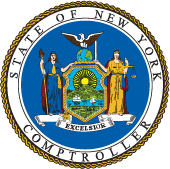The Internal Audit Process For Fire Districts
The Board of Fire Commissioners is responsible for the general management and control of fire district finances. An important aspect of this responsibility is to provide a process to routinely monitor and review the work performed by those who handle moneys as part of their fire district duties. Oversight becomes particularly important in operations that do not have adequate segregation of duties.
